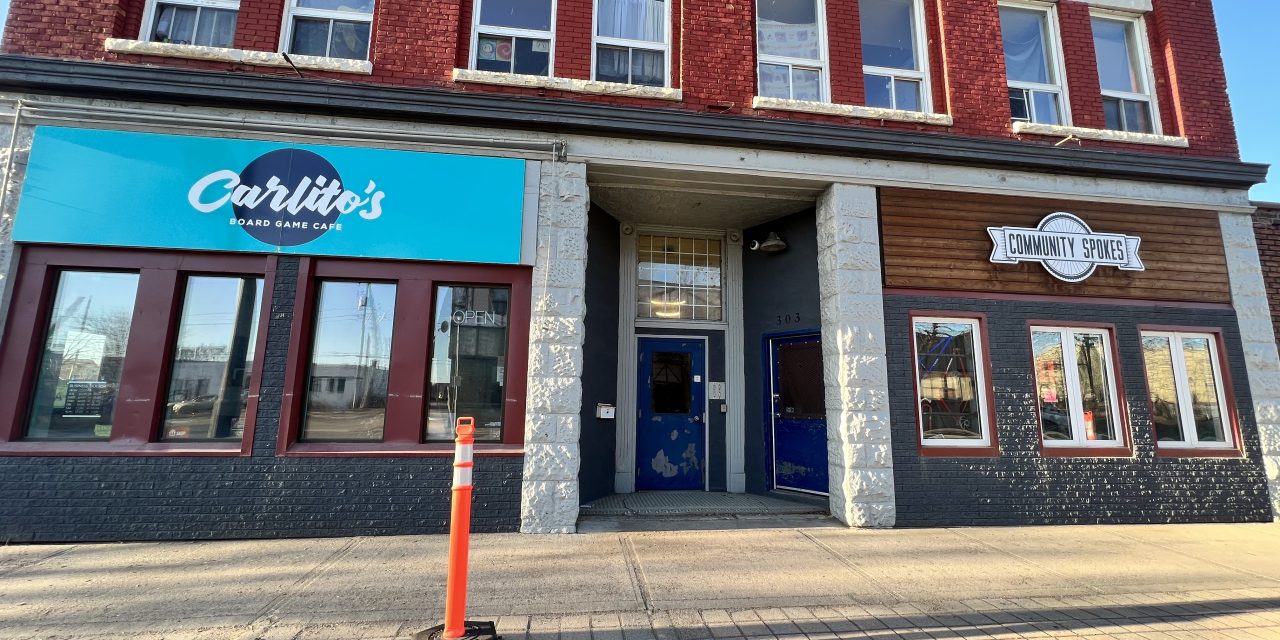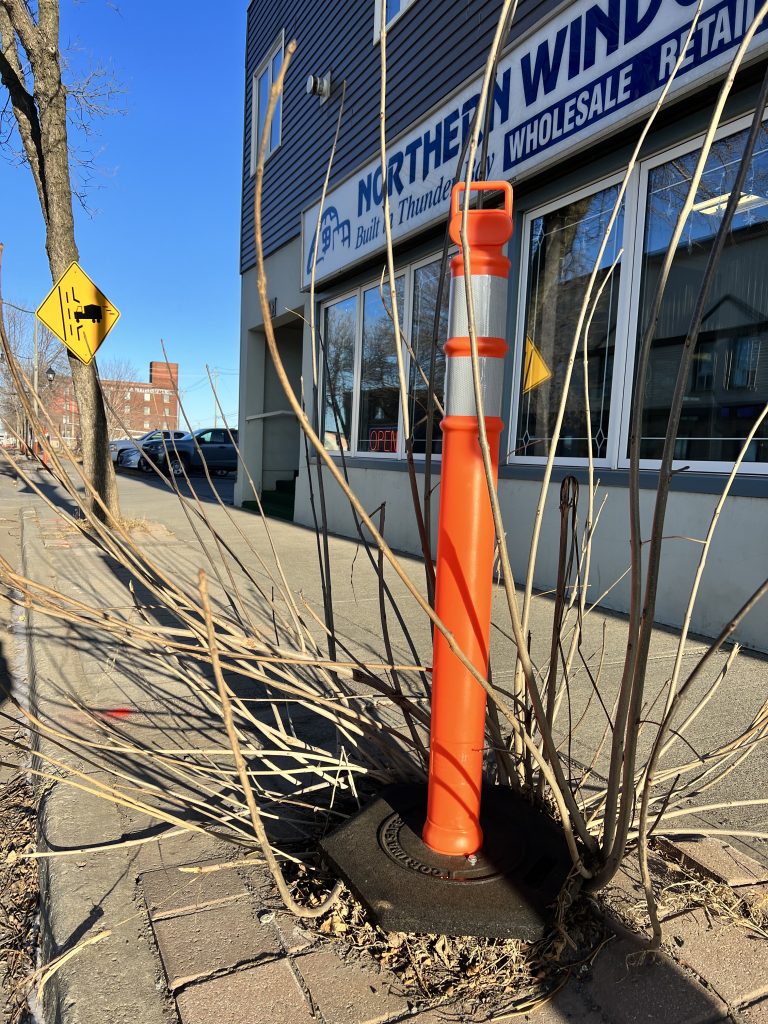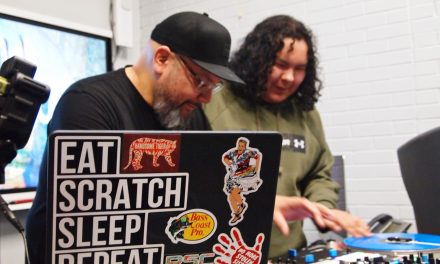It’s Time to Rename Thunder Bay’s Most Infamous Street
Story and photos by Darren McChristie
I have made it my study to examine the nature and character of the Indians and however repugnant it may be to our feelings, I am convinced they must be ruled with a rod of iron, to bring and keep them in a proper state of subordination, and the most certain way to affect this, is by letting them feel their dependence upon us.
–Sir George Simpson, 1822
George Simpson (a.k.a. “The Little Emperor”) was, according to most historical accounts, a horrible person. He was a ruthless governor of the Hudson Bay Company known for harsh cutbacks in an effort to improve efficiency. During his life, he fathered at least 11 children by at least seven different women, only one of whom was his wife. Like many other fur traders at the time, he had numerous relationships in which he fathered illegitimate children with Indigenous women through a practice known as marriage à la façon du pays—basically, a common-law relationship with no obligation to his partner or their kids. Non-white wives were not welcome in the Simpson household. He often assigned his rejected wifes to new partners. After the birth of one of his sons, he abandoned his wife and children to marry his 18-year-old cousin. Although he was celebrated as a staunch businessman and world explorer, he should be remembered for treating Indigenous women as nothing more than sexual objects to be used and then abandoned.
It’s no wonder that the street named for such a despicable person has historically been associated with the sex trade, illicit drugs, and violence. Isn’t it time we ditch his name as an act of reconciliation?
The Maamawe, Growing Together Strategic Plan is meant to guide the city’s direction for the next five years. It outlines four guiding principles: truth and reconciliation, safety and well-being, growth, and sustainability. The city could take a symbolic step in achieving the goal of integrating Indigenous perspectives by renaming one of its most notorious streets to reflect the fact the city is built on Indigenous land and to step back from immortalizing colonial villains.
Sure, merely changing the name of a street might not do anything in the short term to create the kind of neighbourhood hard-working families and businesses desperately need, but it is a visible starting point for real action on truth and reconciliation.
There are examples of the decolonization of street names all over Canada. In Victoria, Trutch Street, which was originally named after a 19th-century politician known for his racist views and mistreatment of Indigenous people, was renamed as Su’it Street for the Lekwungen word for “truth.” Saskatoon voted in favour of renaming John A. MacDonald Road to miyo-wâhkôhtowin Road, which means “good relationship.” Fort Frances renamed the east and west sections of Colonization Road Agamiing Drive (meaning “at the shore” in Anishinaabemowin) and Sunset Drive respectively, and Gimli, Man. also renamed four streets that contained the word colonization. Recently, Toronto announced plans to move forward with the renaming of Yonge-Dundas Square, two subway stations, and a library. The trend is sweeping across much of Canada and the U.S. The City of Toronto’s reconciliation action plan actually outlines how the city will “work with language speakers and Knowledge Carriers, and ensure that Indigenous language is given priority in the naming and renaming of City streets, parks and other City assets.” Isn’t it time Thunder Bay took the initiative and did the same?
Even the positive aspects of Simpson Street are overshadowed by neglect. The growth of the trees planted during the revitalization efforts of 1997 seemed to surpass the expectations of the city planners. The sheer girth of their trunks are bursting through the surrounding lockstone. Dozens of the trees have been haphazardly cut down and replaced with orange pylons, perhaps in an attempt to save the sidewalk plows from hitting their stumps. Is this a permanent solution?
The city dissolved the Simpson/Ogden Business Improvement Area (BIA) back in 2018 and, as a result, there is no funding or initiative to plant flowers in garden beds or deal with the trees bursting their grates. Although there are several successful long-standing businesses on the street with some notable improvements, they are interspersed with boarded-up and burned-out buildings. I wonder why the city doesn’t force the owners to tear them down? The Simpson/Ogden area is largely currently left out of the Downtown Fort William Revitalization Advisory Committee’s Strategic Renewal Plan. There appears to be no plans to improve or change the current state.
Neighbourhoods with broken windows and buildings in a perpetual state of disrepair are often linked to increased crime and disorder. A 1982 study by Wilson and Kelling theorized that disorder, such as vandalism and broken windows, often leads to increased fear and withdrawal from residents which then allows more serious crime to move in. Fix the windows and tear down derelict buildings and residents will feel safer and be more active in their community. It’s a chicken and egg scenario.
Simpson Street remains in a vicious cycle of disorder and neglect. Let’s break the cycle and give the community a fresh start by renaming this infamous street with one that proves Thunder Bay really cares about our Indigenous population. Action speaks louder than strategic plans.
















